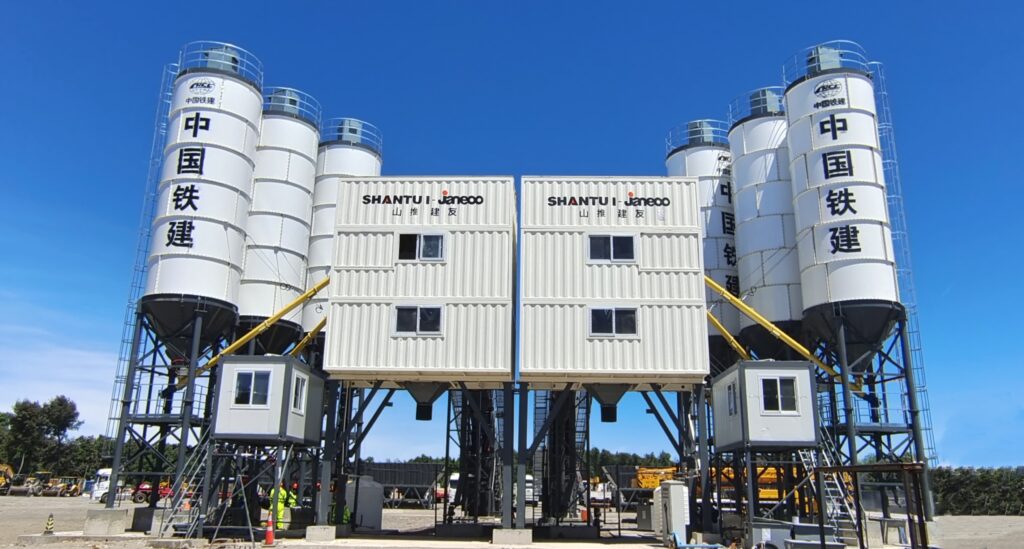Carboxymethyl cellulose (CMC) is a non-toxic and tasteless white flocculent powder with stable performance , easy to dissolve in water. Its aqueous solution is neutral or alkaline transparent viscous liquid, soluble in other water-soluble adhesives and resins, and insoluble in some organic solvents such as ethanol. CMC can be used as binder, thickener, suspension agent, emulsifier, dispersant, stabilizer, sizing agent, etc.
Sodium carboxymethyl cellulose (CMC) is the most widely used product in the production of cellulose ether, commonly known as “industrial MSG”.
1. For oil,drilling, digging and other projects
The slurry containing CMC can form a thin and firm filter cake with low permeability on the well wall and reduce the water loss.
After CMC added to the mud, the rig can get a low initial cutting force, so that the gas wrapped in the mud can be easily released , the debris to be quickly abandoned in the mud pit.
Drilling mud, like other suspended dispersions, has a certain existence period, and the addition of CMC can make it stable and extend the existence period.
Slurry containing CMC is rarely affected by mold, so it is not necessary to maintain a high pH and use preservatives.
Slurry containing CMC as drilling mud washing fluid treatment agent, can resist various soluble salt pollution.
The slurry containing CMC is stable, it can also reduce water loss even if the temperature is above 150 ° C.
High viscosity and high substitution CMC is suitable for low density mud, low viscosity and high substitution CMC is suitable for high density mud. The selection of CMC should be determined according to different conditions such as mud type, region and well depth.
2. For textile, printing and dyeing industry
CMC is often used in textile industry as a sizing agent for yarn sizing of cotton, silk wool, chemical fibers, blends production.
Product performance and characteristics:
CMC has a high performance to control water loss. In particular, it is a highly effective fluid loss reducer at lower dosages. You can control the loss of water to a higher level. It does not affect other properties of the mud.
It has good temperature resistance and excellent salt resistance performance. Under a certain salt concentration, it still has a good ability to reduce water loss and maintain a certain rheology.
Whatever added to salt water and or fresh water, the viscosity of the solution hardly changes. It is particularly suitable for offshore drilling and deep well requirements.




